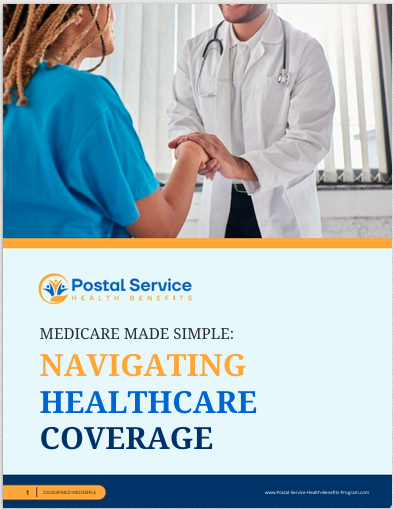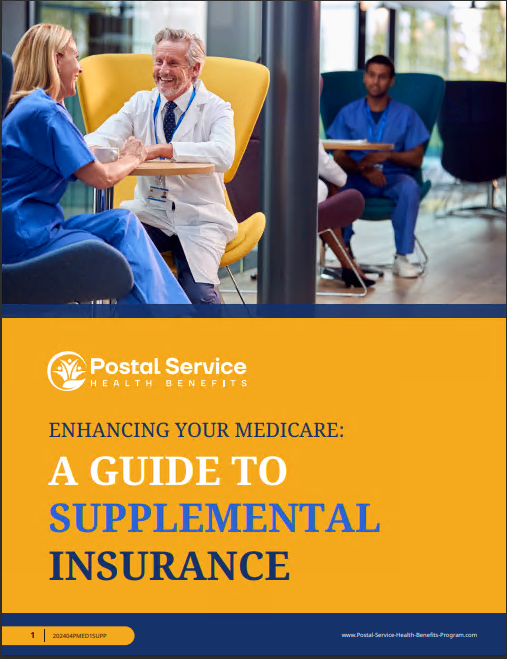Key Takeaways
- Postal Service Health Benefits (PSHB) premiums in 2025 will differ from what you’re used to with FEHB, and understanding these changes during Open Season is critical for postal workers.
- The government will cover 72% of your premium, but you’ll want to prepare for potential out-of-pocket increases and carefully evaluate your options during Open Season from November 11, 2024, to December 9, 2024.
When it comes to health benefits, 2025 is shaping up to be a year of significant change for postal workers. If you’ve been enrolled in the Federal Employees Health Benefits (FEHB) program, you may have grown accustomed to a certain level of stability when it comes to premiums and coverage. But with the transition to the new Postal Service Health Benefits (PSHB) program, things are going to look a bit different.
As we gear up for the PSHB Open Season—running from November 11, 2024, to December 9, 2024—it’s time to get clear on what these changes mean for you, your family, and your wallet. With PSHB launching on January 1, 2025, here’s everything you need to know about why premiums are shifting and what postal workers should be preparing for now.
Why the Switch to PSHB Matters
You might be wondering why the switch to PSHB is happening at all. The Postal Service Reform Act of 2022 was designed to address long-standing financial issues within the USPS, part of which involves transitioning postal workers to a separate healthcare plan that better meets their specific needs. This shift is expected to streamline operations and save money for both the USPS and employees in the long run.
But, as with any major change, there are some initial hurdles—especially when it comes to premiums. The new PSHB program will differ from the FEHB plans you’ve been used to, and it’s crucial to understand the financial implications this will have on your paycheck.
Understanding PSHB Premiums for 2025
In 2025, PSHB premiums will follow a structure where the government covers 72% of the total premium, leaving postal employees to pay 28%. While this ratio is the same as FEHB, the actual premiums are shifting, and that’s where things get interesting. The premiums in PSHB are specifically designed for postal workers, meaning they’re tailored to a smaller group than the general federal workforce.
Let’s break it down:
- Self Only: On average, postal employees will pay $111.26 biweekly under the PSHB program, compared to higher or lower amounts you might have been accustomed to in FEHB depending on your specific plan.
- Self Plus One: For those covering a spouse or one eligible family member, the average biweekly cost is $240.49.
- Self and Family: For family coverage, you’re looking at an average of $261.70 biweekly.
These averages translate to annual costs of:
- Self Only: $2,892.76
- Self Plus One: $6,252.74
- Self and Family: $6,804.20
What This Means for Your Budget
Now, these numbers might seem fairly straightforward, but it’s important to remember that these are averages. Your actual costs may vary based on the plan you select during Open Season. Some plans might have higher premiums, while others could offer more competitive pricing with slightly different coverage options.
Regardless of the plan, one thing is clear: you should expect to pay a bit more out of pocket than you might have in previous years. Given that PSHB is designed specifically for postal employees, the government’s 72% contribution still leaves a portion of your income dedicated to healthcare premiums. While these costs are similar to what FEHB offered, the new structure might cause shifts in specific coverage details or additional services, so be sure to review your options thoroughly.
Open Season: What You Need to Do
As I mentioned earlier, PSHB’s Open Season runs from November 11, 2024, to December 9, 2024. This is your opportunity to make decisions about your healthcare coverage that will take effect on January 1, 2025. You’ll want to take full advantage of this period to ensure you lock in the right plan for your needs.
Here’s what you should focus on during Open Season:
- Review all available plans: Don’t assume that what worked for you under FEHB will be the best fit in PSHB. The new plans may offer different coverage options, and it’s worth taking the time to compare.
- Look at total costs: Don’t just focus on the biweekly premiums. Consider co-pays, deductibles, and out-of-pocket maximums to get a full picture of what your healthcare costs might look like throughout the year.
- Consider your family’s needs: If your health needs or your family’s situation has changed since last year, now is the time to reassess your coverage. Whether you’re expecting medical procedures, prescription needs, or have dependent coverage, it’s essential to choose a plan that fits your evolving needs.
PSHB vs. FEHB: What’s Different?
While PSHB mirrors many of the same structures as FEHB, there are a few key differences. As postal employees, the PSHB plans are designed specifically for you, with tailored benefits and costs that take into account the unique needs of your workforce. This could mean better options for some services, but it might also mean limited choices compared to the wider pool of federal employees.
Additionally, as part of the transition, retirees must enroll in Medicare Part B when they become eligible, unless specific exemptions apply. If you’re nearing retirement or already retired, this is something to keep in mind as it could affect your healthcare choices under PSHB.
Preparing for the Launch of PSHB
With January 1, 2025, quickly approaching, now is the time to prepare. Start by reviewing the information USPS is making available, such as webinars, brochures, and virtual seminars. These resources will guide you through the ins and outs of PSHB, helping you understand what coverage options are available and how they compare to your current FEHB plan.
Take advantage of the tools and information USPS is offering. Whether you need a one-on-one consultation with a benefits expert or prefer to dive into the fine print yourself, this is your chance to get your questions answered and ensure you’re making the right decisions for your healthcare in 2025.
The Importance of Planning Ahead
As postal workers, you’ve got a lot on your plate, and I get it—healthcare premiums aren’t exactly at the top of everyone’s mind. But with these changes coming into effect, planning ahead is more important than ever. By preparing now, you’ll save yourself headaches later. Taking time to understand PSHB’s new premium structure, comparing plans during Open Season, and factoring these costs into your budget for 2025 will give you peace of mind as the new program rolls out.
Are You Ready for PSHB in 2025?
By the time January 1, 2025, rolls around, you want to be confident that you’ve made the right choice for your health coverage. The PSHB program is designed to better serve postal employees, but it does come with new considerations—particularly when it comes to premiums. Take the time during Open Season to do your research, ask questions, and figure out which plan works best for you and your family. Don’t wait until the last minute; your health (and your wallet) will thank you later.
What You Should Focus on Before PSHB Takes Effect
As we prepare for PSHB to officially launch on January 1, 2025, there are several key areas to focus on. First, make sure you’ve reviewed all your plan options during Open Season. This is the last chance you’ll have to lock in the right coverage before the new program begins. Second, take stock of your healthcare needs for the upcoming year and choose a plan that aligns with those needs. And lastly, factor these new premiums into your 2025 budget so you can avoid any surprises down the road.






